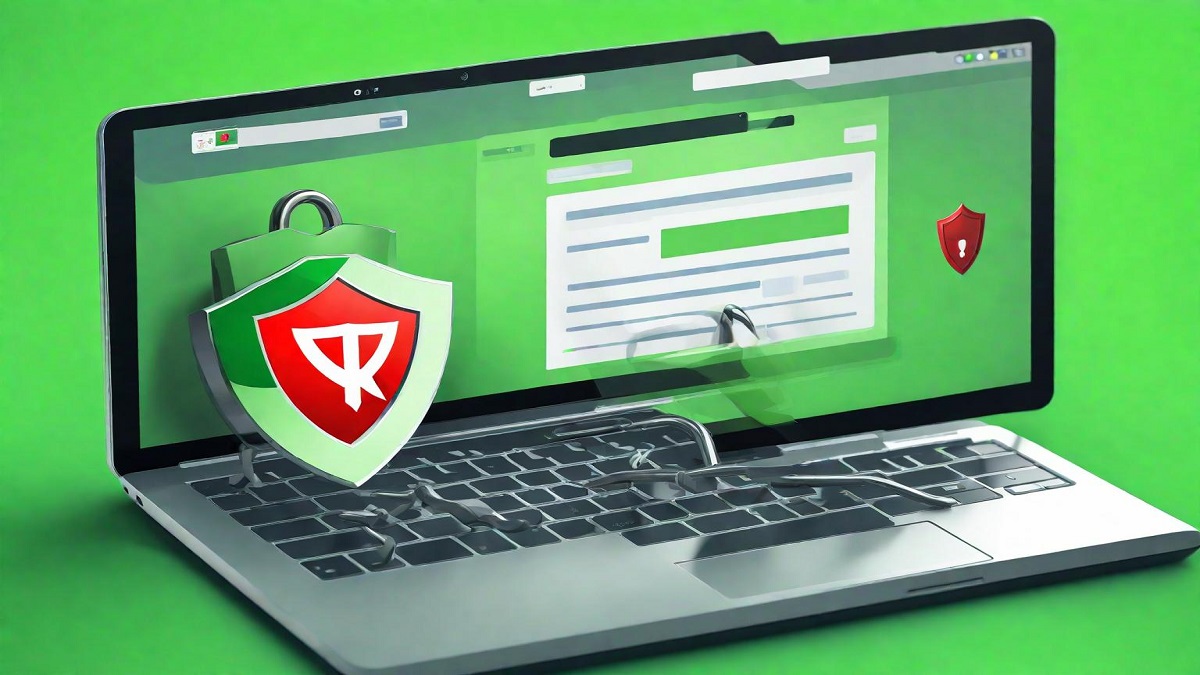Introduction.
Safe URL Checker Tool: “In today’s hyper-connected world, where the internet powers modern society, cybersecurity is paramount. Amid rising cyber threats, safeguarding online activities is crucial. Safe URL Checkers are vital tools for assessing web safety.
The Evolution of Cyber Threats.
Cyber threats have evolved significantly over the years, becoming more sophisticated and pervasive in their tactics. Cybercrime has evolved from basic viruses to sophisticated attacks like phishing, exploiting software, network, and human vulnerabilities for malicious ends.
Phishing attacks often involve the use of deceptive URLs, which mimic legitimate websites to deceive unsuspecting users. Safe URL Checkers help users detect subtle signs of phishing in seemingly legitimate URLs, enhancing cybersecurity by verifying web address authenticity.
Understanding Safe URL Checker Tool.
Safe URL Checkers, or link scanners, evaluate web address security, flagging potential threats in real-time to empower informed user decisions.Safe URL Checkers employ a variety of techniques and algorithms to evaluate the safety of URLs, including:
1. Database Lookups: Many Safe URL Checkers maintain extensive databases containing information about known malicious websites, phishing domains, and suspicious URLs. When a user submits a URL for verification, the checker cross-references it with these databases to determine if it matches any known threats.
2. Link Analysis: Advanced Safe URL Checkers utilize sophisticated algorithms to analyze the structure and behavior of URLs. They assess factors such as domain age, hosting provider reputation, SSL certificate status, and the presence of suspicious keywords or characters in the URL string.
3. Real-time Scanning: In addition to static databases, some Safe URL Checkers perform real-time scanning of web content to identify emerging threats. This dynamic approach ensures that users receive up-to-date information about the safety of a particular website.
4. Phishing Detection: Recognizing the prevalence of phishing attacks, many Safe URL Checkers specialize in detecting and flagging suspicious URLs associated with phishing campaigns. They scrutinize elements such as domain authenticity, SSL encryption, and website content to identify potential phishing attempts.
The Significance of Safe URL Checkers.
The significance of Safe URL Checkers cannot be overstated in today’s cybersecurity landscape. Amid evolving cyber threats, proactive measures are essential. Safe URL Checkers offer vital defense, empowering users to verify web safety.By leveraging the capabilities of Safe URL Checkers, users can:
– Mitigate Risks: Safe URL Checkers help users mitigate the risks associated with clicking on malicious links or visiting suspicious websites. By providing real-time assessments of URL safety, these tools enable users to make informed decisions about their online activities and avoid potential threats.
– Enhance Security Awareness: Safe URL Checkers raise awareness on phishing, malware, and cyber threats, promoting user education and caution for enhanced cybersecurity.
– Protect Sensitive Information: By identifying and flagging phishing URLs, Safe URL Checkers help protect users’ sensitive information from falling into the hands of cybercriminals. By verifying the authenticity of web addresses before entering personal or financial information, users can prevent unauthorized access and safeguard their privacy and security.
– Safeguard Corporate Networks: In addition to individual users, Safe URL Checkers are invaluable tools for organizations seeking to protect their networks and data assets from cyber threats. By integrating Safe URL Checkers into their cybersecurity infrastructure, organizations can strengthen their defenses against phishing attacks, malware infections, and other online risks.
Best Practices for Using Safe URL Checker Tool.
While Safe URL Checkers offer valuable protection against online threats, users must adopt best practices to maximize their effectiveness. Here are some guidelines for using Safe URL Checkers effectively:
1. Verify Before Clicking: Before clicking on a link received via email, social media, or messaging platforms, use a Safe URL Checker to validate its authenticity. Avoid clicking on URLs from unknown or suspicious sources, even if they appear legitimate at first glance.
2. Install Browser Extensions: Many Safe URL Checkers offer browser extensions or add-ons that integrate seamlessly with popular web browsers. Install these extensions to enable real-time URL scanning and receive instant alerts when visiting potentially harmful websites.
3. Educate Yourself: Stay informed about the latest trends in cyber threats and phishing techniques. Familiarize yourself with common red flags such as misspelled domain names, urgent language, and requests for sensitive information.
4. Enable Safe Browsing Features: Most modern web browsers offer built-in safe browsing features that automatically flag malicious websites. Ensure that these features are enabled in your browser settings to add an extra layer of protection.
5. Regularly Update Security Software: Keep your antivirus, antimalware, and firewall software up to date to guard against emerging threats. Schedule regular scans of your system to detect and remove any malicious software or suspicious files.
6. Exercise Caution with Shortened URLs: Shortened URLs hide the destination. Expand them with a URL expander and verify safety using a Safe URL Checker.
Emerging Trends in Safe URL Checking.
As cyber threats continue to evolve, Safe URL Checkers are also adapting to address new challenges and emerging trends in cybersecurity. Some of the notable developments in the field of Safe URL Checking include:
1. Artificial Intelligence and Machine Learning: AI and ML integration in Safe URL Checkers enhance threat detection by analyzing URL datasets for patterns indicative of malicious activity.
2. Behavioral Analysis: Safe URL Checkers utilize behavioral analysis to evaluate web address trustworthiness, considering user interactions and browsing patterns for assessment. By monitoring user behavior and feedback, these tools can identify and flag suspicious URLs in real-time.
3. Blockchain Technology: Blockchain technology is increasingly being leveraged to enhance the security and transparency of Safe URL Checkers. URL verification data recorded on decentralized blockchain networks ensures immutable records, minimizing the risk of tampering or manipulation.
4. Collaborative Threat Intelligence: SSafe URL Checkers utilize collaborative threat intelligence platforms for sharing insights on emerging cyber threats, ensuring comprehensive user protection.
Conclusion.
In conclusion, Safe URL Checkers play a crucial role in strengthening cybersecurity in the digital age. Safe URL Checkers empower users to verify web safety and detect threats, fostering confidence online. Vigilance and safe browsing practices are essential. Through awareness, caution, and Safe URL Checkers, we contribute to a safer online space for present and future generations.
Visit Proweblook for more Web API tools. More resources can be found on our Github page, Social Channels are Twitter, Facebook & Youtube.








